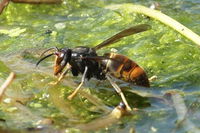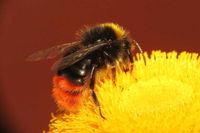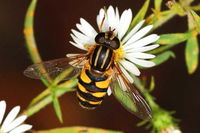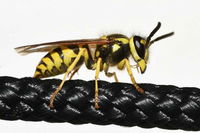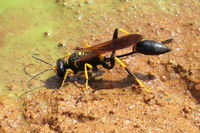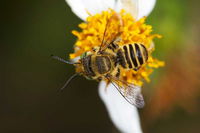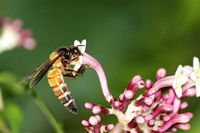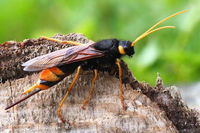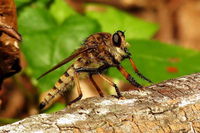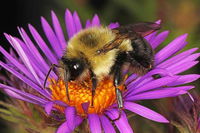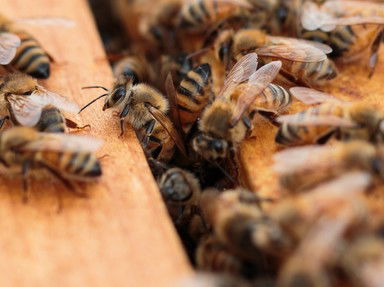
Bee Informed Trivia Quiz
Bee or Not a Bee?
We humans don't always care which species of insect we are swatting out of the air while shouting, "Bee!" Only half of the insects included in this quiz are actually bees. Can you spot the impostors among them? (Click the images to get a closer look!)
by trident.
Estimated time: 3 mins.
- Home
- »
- Quizzes
- »
- Animal Trivia
- »
- Insects
- »
- Bees and Wasps

